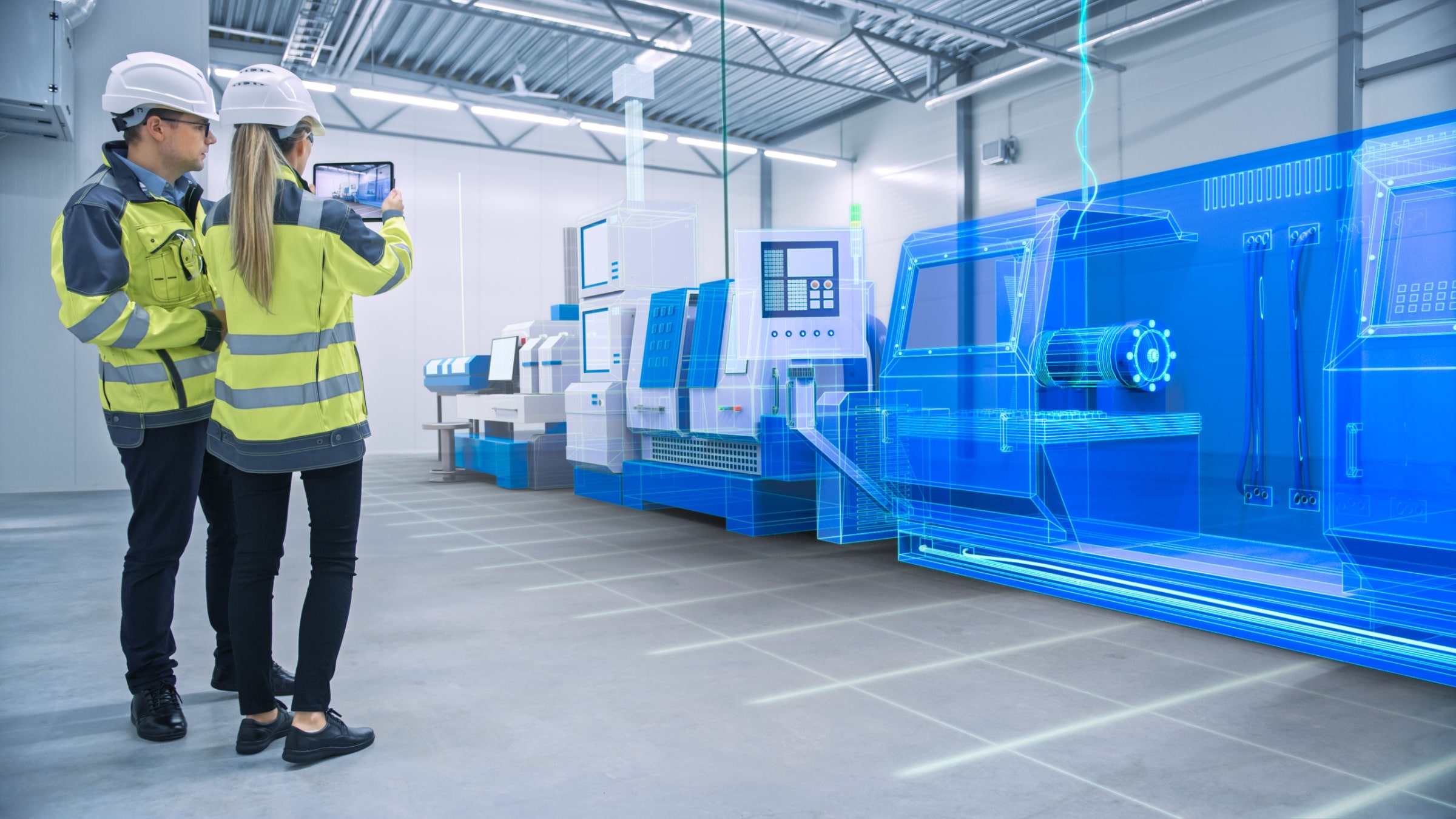The BIM Revolution: Transforming Construction by Leaps and Bounds
The construction industry is undergoing a technological transformation driven by the adoption of Building Information Modeling (BIM), an innovative methodology that is changing the way buildings are designed, constructed, and managed. BIM is here to stay, and its impact in Spain, Latin America, and worldwide is becoming increasingly evident.
What is the BIM Revolution?
BIM introduces a detailed and dynamic digital model that represents every aspect of a building, from its geometry and materials to its systems, costs, and scheduling. This centralized model serves as a source of shared information for all stakeholders involved in the project, from architects and engineers to builders and facility managers.
What are the benefits of BIM?
The implementation of BIM brings a series of advantages that are revolutionizing the industry:
Enhanced collaboration: It fosters a collaborative working approach, allowing all involved teams to work on the same digital model and share information in real-time. This eliminates duplication of efforts, reduces errors, and improves communication among stakeholders.
Increased efficiency and productivity: It optimizes design and construction processes by identifying and resolving conflicts at early stages, automating repetitive tasks, and minimizing rework. This results in a significant reduction in costs and delivery times.
Better decision-making: The BIM model provides detailed and precise information that enables decision-makers to evaluate different design and construction options, optimize resource usage, and make informed data-driven decisions.
Higher construction quality: It helps ensure higher construction quality by detecting and correcting errors before they materialize on site. This reduces repair costs and improves the building’s lifespan.
Building lifecycle management: It extends beyond design and construction, encompassing the building’s lifecycle and facilitating its operation, maintenance, and eventual renovation.
How is BIM Impacting Europe and Latin America?
In Spain, the adoption of BIM is being driven by a government plan that mandates its gradual and progressive use between 2024 and 2030. This has motivated companies and professionals in the sector to adapt to this new methodology to remain competitive.
Which Companies in Spain are Using BIM?
Some Spanish companies already using BIM in their projects are:
These companies have found in BIM an invaluable tool to improve efficiency, reduce costs, and optimize their design and construction processes.
How is BIM Impacting Latin America?
In Latin America, BIM adoption is advancing at different rates in each country. However, there is growing interest in the region for the benefits offered by this methodology.
In Chile, BIM implementation has been highly successful thanks to a robust national standard and training programs. Some Chilean companies using it are:
In Mexico, implementation has been less systematic, but companies like ICA and Grupo Carso are beginning to adopt it in their projects.
In Brazil, progress has been made in BIM adoption with specific regulations and legislations. Companies like Andrade Gutierrez and Camargo Correa are using BIM in their projects.
In Colombia, significant infrastructure projects, such as the construction of the Bogotá metro, have driven BIM implementation. Companies like Constructora Bolívar and Conconcreto are using this methodology.
What Challenges Do Construction Companies Face When Implementing BIM in Latin America?
Despite growing interest in BIM, construction companies in Latin America face some challenges for its implementation, such as:
- Shortage of professionals with BIM knowledge.
- Initial investment cost in software and hardware.
- Lack of widespread use of the tool.
- Lack of long-term policies for BIM adoption.
How Are These Challenges Being Addressed?
Construction companies in Latin America are taking proactive measures to overcome the obstacles presented by BIM implementation. Among the most common strategies are:
Investment in human capital:
- Training and education programs in BIM are being developed nationally and internationally, both in universities and specialized private institutions. These programs aim to train professionals in different areas of construction with the skills and knowledge necessary to work with the BIM methodology.
Maybe you´re interested in: The UJED and Fundamentality in Technological Innovation.
- Some companies are creating their own internal training programs to ensure that their staff is up-to-date with the latest technologies and trends in BIM.
- Exchange and collaboration programs between educational institutions and companies are being promoted to facilitate knowledge transfer and adoption of best practices in BIM implementation.
Seeking financial support:
- Construction companies are seeking financing through public and private organizations to cover the initial costs of BIM implementation, including the acquisition of software, hardware, and staff training.
Promotion of widespread adoption:
- Organizations like BIM Forum LATAM and the BIM Network of Latin American Governments are actively working to promote the use of BIM throughout the region. These organizations hold events, workshops, conferences, and publications to spread the benefits of BIM and encourage its adoption in the construction industry.
- Specific standards and guidelines for BIM implementation in Latin America are being developed, helping to ensure the interoperability and quality of BIM models across the region.
Development of long-term policies:
- Some Latin American countries, such as Peru and Chile, have established national plans and strategies for the gradual implementation of BIM, providing a clear framework for adopting this methodology in the construction industry.
- Legal and regulatory frameworks are being developed that establish minimum requirements for BIM implementation in public and private construction projects, helping to ensure project quality and efficiency.
The Future of BIM in Spain and Latin America
BIM is a transformative technology that is changing how buildings are constructed worldwide. In Spain and Latin America, BIM adoption is growing at an accelerated pace, driven by the benefits it offers in terms of efficiency, productivity, quality, and building lifecycle management.
As current challenges, such as the shortage of qualified professionals and the lack of long-term policies, are overcome, BIM will become a fundamental tool for the construction industry in Spain and Latin America. This technology is expected to have a significant impact on building quality, cost reduction, and the sustainability of the construction industry in the region.
Conclusion
The BIM Revolution is underway, transforming the way buildings are designed, constructed, and managed. It will become an essential tool for the construction industry, driving efficiency, productivity, quality, and sustainability in the region.
JOIN THE NEW REALITY!



